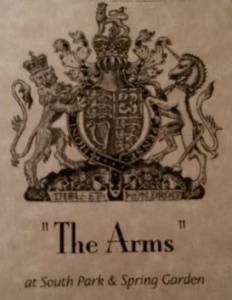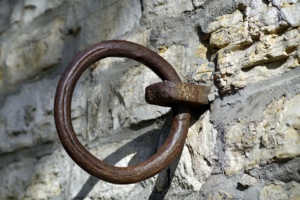Well in this case Martin Ebert can’t stand, either of them, at least not on their own. They need a little bit of help from genealogists. Maybe a a good sweep with a broom and then prop them up with the broom. Oh, we could go into all sorts of metaphors for this. But the truth? If people see something on the internet and copy and paste it willy-nilly without checking it’s validity, then the REAL Martin Eberts of the world will never be able to stand-up.
My Task
I have been given a task. To locate a marriage record for Martin Ebert, b. 1780ishy who lived in Hull, Ottawa County, Quebec and died in Hastings, Ontario in 1783ish. Like how exact I am in those dates?
It appears that at some point someone connected a Martin Ebert who was born in York County, Pennsylvania – specifically his birth information – to Martin Ebert who lived and died in Quebec and Ontario.
It happens…a lot unfortunately.
I could say buyer beware. I could say if you wade into internet Genealogies you will find this quiet epidemic of copy and paste Measles. It is very contagious. What do you do about it? Read the information carefully and number one? Look for sources. Sources are the best inoculation.
Martin Ebert of Pennsylvania
Since I use, as most of you already know, WikiTree as my main Genealogy platform for my own family and for clients as well, I have been working on this task there. I was more than pleased to find that the Martin Ebert of Pennsylvania on WikiTree had NOT been connected to the Martin Ebert of Ontario on WikiTree.
As I worked I noted information for Martin of Pennsylvania, and discovered he lived all of his life in Pennsylvania as witnessed by the many entries for him being involved as a sponsor for Baptisms from the Records of the First Moravian Church, City of York, York County, Pennsylvania, 1758-1800. Be hard for him to keep up this religous sponsorships while living full time in both places. This would be a BIG red flag for anyone trying to connect Martin of Ontario with Martin of York, Pennsylvania. It’s just logical.
Martin Ebert of Quebec and Ontario
Where was Martin of Quebec and Ontario born? No idea yet. When and where was he married? No idea yet.
Martin was born sometime between 1783 to 1790. This based on numerous bits and pieces from the internet and via some guesswork of how accurate Census Data is.
This Martin could have been born in New York State. There are a few Martin Ebert’s born about this time in New York State. To figure out which one fits this Martin we can look to the unsourced information for the marriage of this Martin Ebert to Roxanne Waller. Most of the Internet Genealogies point to Utica New York in 1808 or by Ebert researcher, Carol Hutchinson, in Hull, QC.
This Martin of Canada can not be the Martin Ebert, son of John Martin Ebert and Anna Maria Smyser born in Pennsylvania, John Martin Ebert. Martin Ebert who was born in York PA, married Mary Eichelberger, died in York, PA and is buried there. As we shown above.
Martin Ebert who married Roxanne Waller somehow took advantage of the 1792 proclamation of Governor Alured Clarke “of 1792, which threw the lands of Lower Canada open to such American settlers as were willing to declare allegiance to the British Crown. These migrations took the typical form in British North America of group settlements consisting of ‘leader and associates’….”
Along with Philemon Wright and his Laborers and workers,”…The core of the first group of settlers consisted of four other families and thirty-three labouring men, 1 1 unmarried farmers, from different parts of Massachusetts.” [1] What is the route these settlers took? If they swung across New York and Near Albany then, per Carol Hutchinsons theory, that he born somewhere near Albany, then it could be likely he joined this group as one of the workers and made his way with them to Hull.
Carol Hutchinson points to the First Account Books Philemon Wright as a source for knowing Martin Ebert was in Hull as early as 1806 as witnessed by his log entry into the account book.[2] Carol also lists him as living in Hull and being on the 1808 Militia Rolls – age of 24. “One is a militia list for Hull, Eardly and Onslow circa 1808. It lists Tiberius Wright and Philemon Wright as well as Eliad Waller, Eder Waller, (both sons of Truman Waller) and Martin Ebert as well as others for a total of 52.[3]
His Wife Roxanne Waller. Roxanne’s family headed by her father “Truman Waller, 43, from Marlborough Township and formerly of Granville, New York” traveled to Canada, August 1801, with a group of families with lead by Dudley Moore. [4] Considering Roxanne’s estimated birth date is 1790? She would have been ten year old when her family traveled to Canada. This helps to substantiate Carol Hutchinson’s idea that Martin and Roxanne were not married in Utica New York as Internet Genealogies pose.
If the Ebert Family was the Ebert Family of Albany, that Carol has posed in her research, they were not far away from the Waller family, 65 miles south, in Granville, Washington County. Did they Migrate together?
Carol Hutchinson poses that Martin Ebert could have left Hull during the War of 1812, which would explain the birth of his daughter Elizabeth Catherine in Utica, New York, in 1815. Carol also points to a Mertin Ebert who was a part of Colden’s 5th Artillery and Infantry Reg’t., New York Militia. [5]
That he lived and died in Quebec and Ontario is fairly well documented.
1825 Land Information
“At the Bristol Township Line sometime before 1825, an American by the name of Martin Ebert had squatted on the East half of Lot 11, Range 2, which borders on the River. This property had been improved by an American squatter living in Bristol by the name of Uzal Pearson. Ebert Bought these improvements in 1827.”[6]
1833 Land Grant
- Name: Martin Eberts
Location: Clarendon, Pontiac
Acres: 100
Letters Patent Date: 1 Aug 1833[7]
1851 Census
 |
| 1851 Census. [8] |
Est. Birthdate of 1779.
1861 Census
 |
| 1861 Census.[9] |
Est. Birthdate of 1780.
Find-A-Grave: Memorial #77246563 His tombstone lists his dates as 1780-1873. According to Bob Sturgeon on Ancestry Message boards from 2001, “we now have an actual marker on his gravesite”. This grave marker was set in modern times and unfortunately may be carrying some of the internet misattribution with it.
Research Notes
1859 Fonds Cour Supérieure. Greffes de notaires
“Acquit and Discharge, Hector Russell to Martin Eberts”[10]
1842 Fonds Cour Supérieure. Greffes de notaires
- Martin Ebert
Record Date: 12 févr. 1842 (12 Feb 1842)
Record Place: Terrebonne, Québec (Quebec), Canada
Notary: Louis-Edouard Globensky
Notarial Act Number: 2766
Record Type: Vente (Sale)
Record Description: Vente
Participants: Martin Ebert and Stanislas Linssico[11]
Other interesting Eberts
- A Marin Ebert was born in 1788 in New York.
- A Martin Ebert Born in NY in 1783. “Martin Ebert died 1873 in Bangor, Hastings, Ontario, Carol H., 2011
- John Ebert, Census 1790, Rensselaerville, Albany, New York, United States[12]
- John Ebert, Census 1800, Berne, Albany, New York, United States[13]
- Derrick Ebert, Census 1830, Watervliet, Albany, New York, United States[14]
-
Places To look for Martin and Roxanne and the illusive Marriage Record.
- Granville, NY
- Marlboro Township, UpperCanada
- Albany, NY
- Augusta, Ontario
- Sattlers to Early Ottawa/Eardley
- Settlement of Hastings – Bangor
- Look for all state possibilities for Ebert Family.
The DNA
Of course there is DNA involved – I am all about DNA! Martin’s Descendant has done DNA testing with AncestryDNA.com and shared her DNA on GEDmatch (GEDmatch enables the sharing of DNA match information across all the testing companies). Ancestry created a DNA circle connecting others to Martin and Roxy. Unfortunately so far all the other matches reach Martin and Roxy through the same child. While my Martin Ebert Descendant reaches Martin and Roxy through a different child. What I would love to see pop-up are some testers from another direct line from Martin and Roxy. I would love to see a Marriage Record float down from the sky <I have Dreams>.
In a perfect DNA world I would also like to see DNA information from some of Martin Ebert of Pennsylvania’s Descendants. Ebert may sound like a unique surname to you but to me? After working this line for some time? They could be smiths for all the Eberts I am finding in the Canada and the United States North Eastern States
Sources
- ↑ “The Famous Township of Hull”: Image and Aspirations of a Pioneer Quebec Community, p. 341, by Bruce S. Elliott, prepared for a seminar in social history at Carleton University.[1]
- ↑ The Family History and Account Books of Philemon Wright, By Diane Proctor, BIFHSGO. Link given but it is not working.
- ↑ Martin Ebert Died 1873 in Bangor, Hastings, Ontario, By Carol Hutchinson, 2011.[2] and Bob Moody
- ↑ “The Famous Township of Hull”: Image and Aspirations of a Pioneer Quebec Community, p. 341, by Bruce S. Elliott, prepared for a seminar in social history at Carleton University.[3] via Thad. W.H. LEAVITT, History of Leeds and Grenville (Belleville: Mika Silk, Screening Limited, 1972), p. 133; United Church Archives, Toronto, Methodist Church in Hull, L. Canada, Baptismal Register, 182~1843, Micro. D.3.5.86
- ↑ War of 1812 Service Records, National Archives and Records Administration, Compiled Military Service records for the Volunteer Soldiers who served during the war of 1812, Washington DC, NARA M602, 234 Rolls
- ↑ Clarendon and Shawville, p. 21, by J. Loyd Armstrong, Dickson Enterprises, 1980. Ottawa Room, Ottawa Public Library. Call 971.4215 A736.
- ↑ Letters Patent Book: N Grants; Page: 179; County Index Volume: 1; Page: 830, Robert Dunn and Derek Hopkins, comp. Alphabetical Index to the Land Grants by the Crown in the province of Quebec from 1763 to 31st December 1890. Pointe Claire, Quebec: Quebec Family History Society, 2005. Ancestry.com.[4]
- ↑ Census of 1851 (Canada East, Canada West, New Brunswick, and Nova Scotia). Library and Archives Canada, Ottawa, Canada. Census of Nova Scotia, 1851. Halifax, Nova Scotia, Canada: Nova Scotia Archives and Records Management (NSARM): Nova Scotia Board of Statistics, 1851.
- ↑ 1861 Census of Canada for Martin Ebert, Litchfield, Canada East, Pontiac, “Census returns for 1861.” LAC microfilm C-999 to C-1007, C-1010 to C-1093, C-1095 to C-1108, C-1232 to C-1331, M-1165 to M-1166, M-1168 to M-1171, M-556, M-874 to M-878, M-880 to M-886, M-896 to M-900. Library and Archives Canada, Ottawa.
- ↑ Fonds Cour Supérieure. Greffes de notaires. Bibliothèque et Archives nationales du Québec, Montréal, Québec, Canada. Quebec, Canada, Notarial Records, 1637-1935 [database on-line]. Lehi, UT, USA: Ancestry.com Operations, Inc., 2016.[5]
- ↑ Fonds Cour Supérieure. Greffes de notaires. Bibliothèque et Archives nationales du Québec, Montréal, Québec, Canada. Quebec, Canada, Notarial Records, 1637-1935 [database on-line]. Lehi, UT, USA: Ancestry.com Operations, Inc., 2016.Image
- ↑ “United States Census, 1790,” database with images, FamilySearch (https://familysearch.org/ark:/61903/1:1:XHKG-149 : accessed 7 January 2018), John Ebert, Rensselaerville, Albany, New York, United States; citing p. 193, NARA microfilm publication M637, (Washington D.C.: National Archives and Records Administration, n.d.), roll 6; FHL microfilm 568,146.
- ↑ “United States Census, 1800,” database with images, FamilySearch (https://familysearch.org/ark:/61903/1:1:XHRC-P6H : accessed 7 January 2018), John Ebert, Berne, Albany, New York, United States; citing p. 68, NARA microfilm publication M32, (Washington D.C.: National Archives and Records Administration, n.d.), roll 22; FHL microfilm 193,710.
- ↑ “United States Census, 1830,” database with images, FamilySearch (https://familysearch.org/ark:/61903/1:1:XHG1-L7Y : 29 July 2017), Derick Ebert, Watervliet, Albany, New York, United States; citing 462, NARA microfilm publication M19, (Washington D.C.: National Archives and Records Administration, n.d.), roll 84; FHL microfilm 17,144.


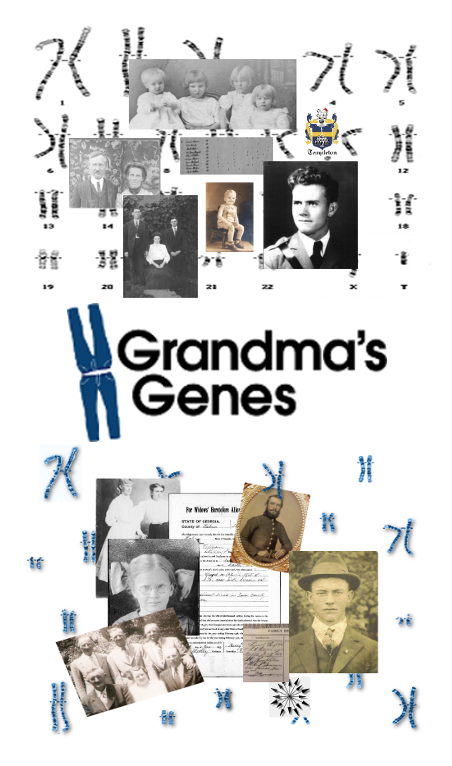
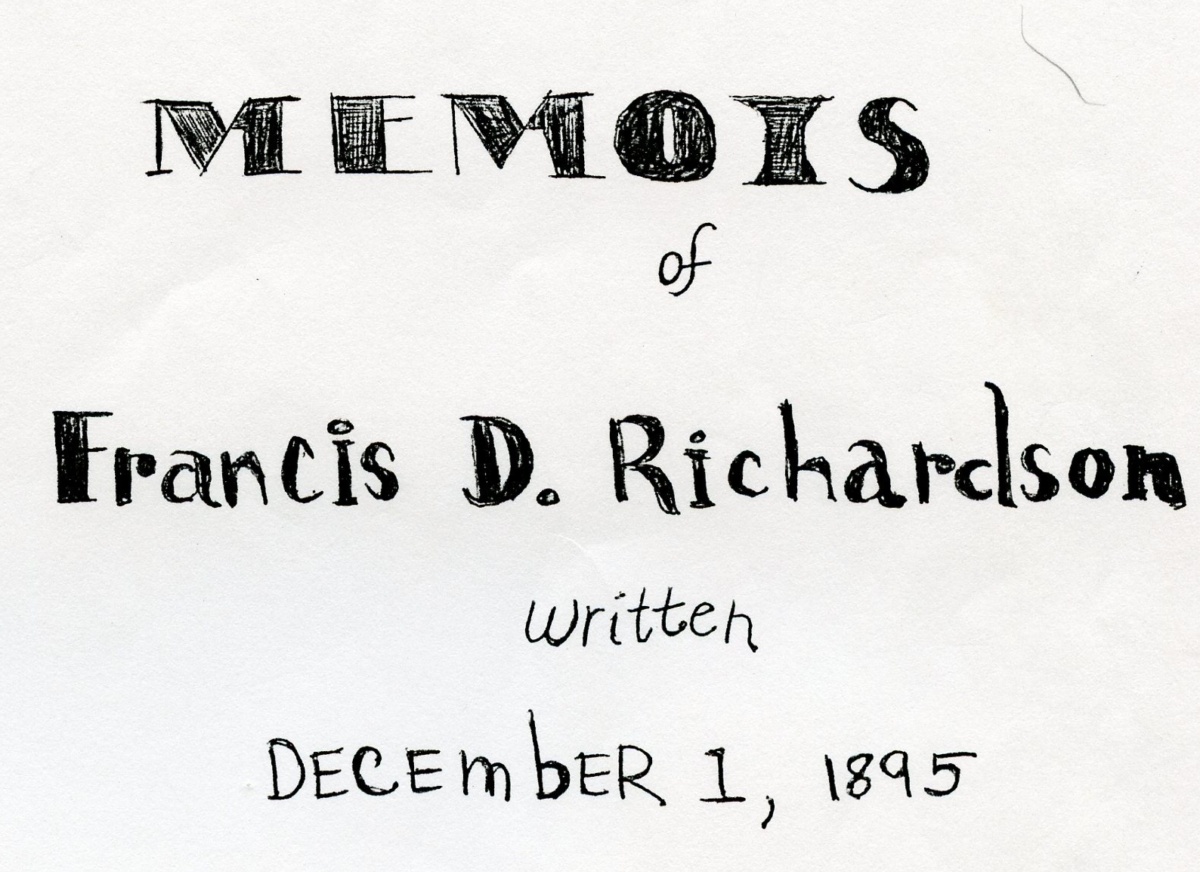

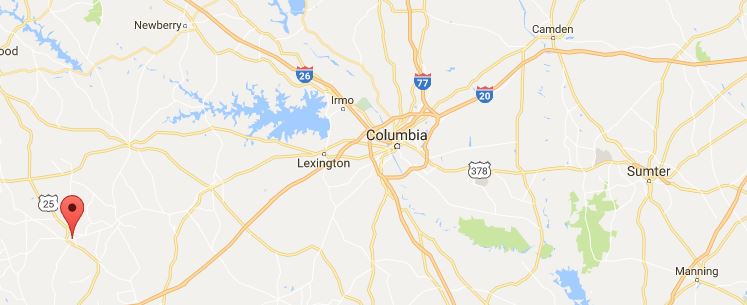
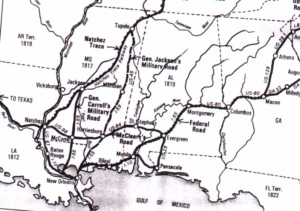
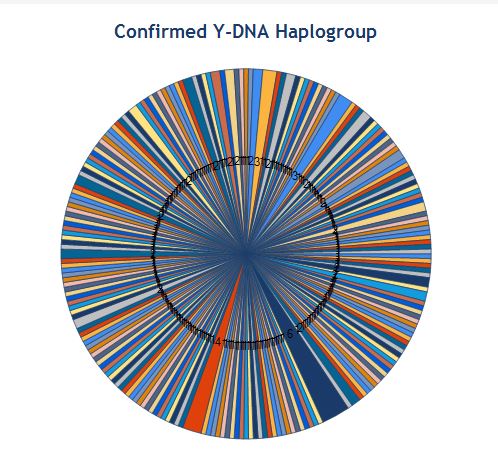
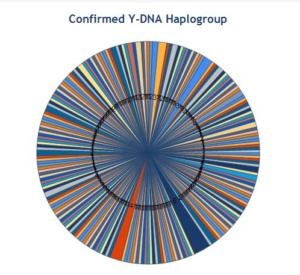

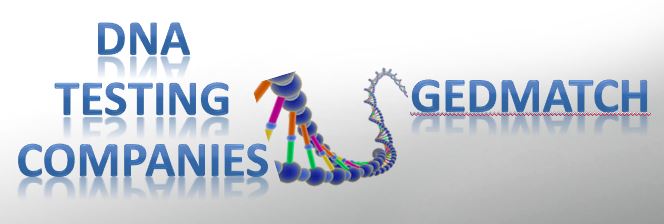
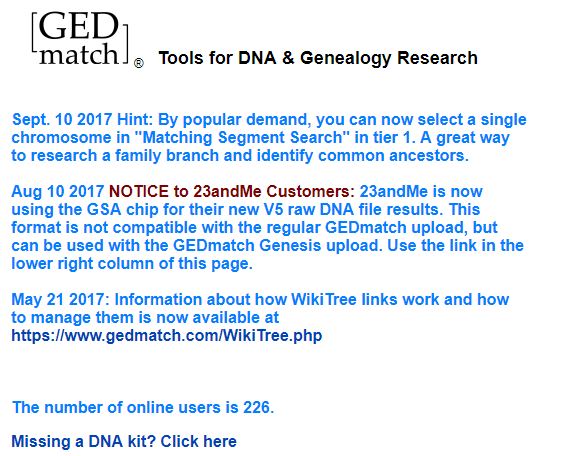
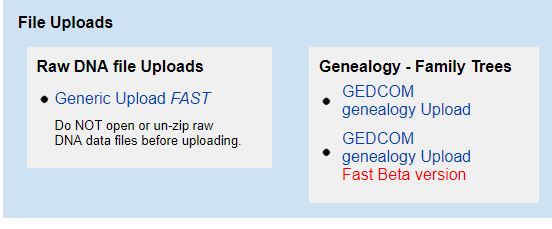 Once you are on your Profile page you will see the above box on the right of your page. Click on the Generic upload and it will take you to:
Once you are on your Profile page you will see the above box on the right of your page. Click on the Generic upload and it will take you to:
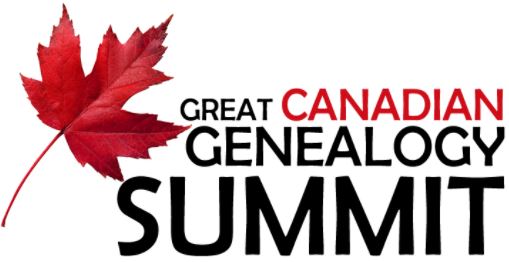
 The Land of Wild Blueberries! BLUEBERRIES! Heaven here I come.
The Land of Wild Blueberries! BLUEBERRIES! Heaven here I come.